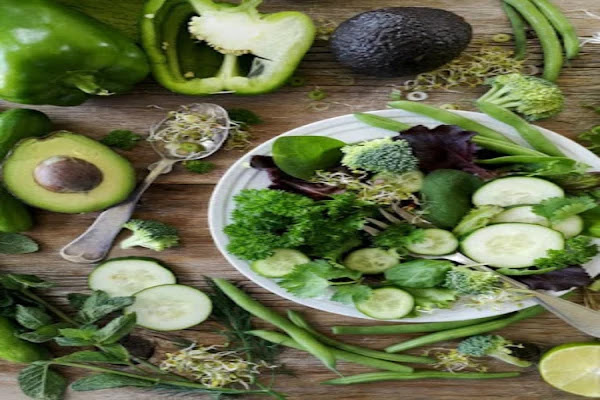- Get link
- X
- Other Apps
Fiber is an extremely important part of the diet, but
sometimes you have to switch to low-fiber foods . The reason is that too much
fiber is not good for a stressed digestive system. Find out more about a
low-fiber diet and when it may be necessary here.
Low-fiber foods: light foods for the intestines
When it comes to nutrition, many Germans eat unhealthily: a lot of white flour, a lot of meat, a lot of fat and a lot of sugar - all low-fiber foods. The price for a low-fiber diet is high: never before have there been so many people with overweight, diabetes, high blood pressure or cardiovascular problems.
In some situations, however, this “light diet” is also good for the intestines. And when he is overwhelmed. Because dietary fiber stimulates digestion, which one does not necessarily want with some clinical pictures. This applies in particular to:
• acute
episode in Crohn's disease
• acute
flare-up in ulcerative colitis
• Magengeschwüren
• Divertikulitis
• Stenoses,
i.e. constrictions in the digestive system
• after
certain surgical procedures
Table: Low-fiber foods
Those who are plagued by the gastrointestinal problems mentioned above often wonder what they can actually eat now. Basically, nibbling vegetables (especially raw vegetables ), whole grain products, legumes or nuts is not a suitable light food for digestion. As a rule of thumb, anything that has a “bite” is usually not a low-fiber food.
Low fiber foods before colonoscopy
Even before a colonoscopy, you are usually asked to eat low-fiber foods for a few days. This makes it easier to clean the intestines, which is necessary before the diagnostic method. In addition, grains such as those found in flax seeds, tomatoes, but also fresh fruit such as kiwis, strawberries or grapes should be avoided. Otherwise these could get jammed in the endoscope. Meat, rice, pasta, but also potatoes or bananas, for example, are allowed.
Pitfalls of low fiber foods
Especially if you do not have to rely on low-fiber diet due
to illness, you should not do this for too long, but try to aim for the 30
grams per day recommended by the German Nutrition Society.
In the long run, a low-fiber diet can have a number of
unpleasant to health-threatening consequences: For example, those who eat too
many low-fiber foods increase the risk of high blood cholesterol and thus the
likelihood of high blood pressure and coronary heart disease. Type 2 diabetes
mellitus is also more common with a low-fiber diet. Because the fiber in food
ensures that you chew longer (you eat less) and it fills the stomach (satiating
effect).
If there is a lack of soluble fiber such as pectin from fruit, the risk of (fat) metabolic disorders increases, because these play an important role for the same. Since stool volume is less without fiber, digestive problems and irregular bowel movements or even constipation can occur in those who rely too heavily on low -fiber foods.
- Get link
- X
- Other Apps
